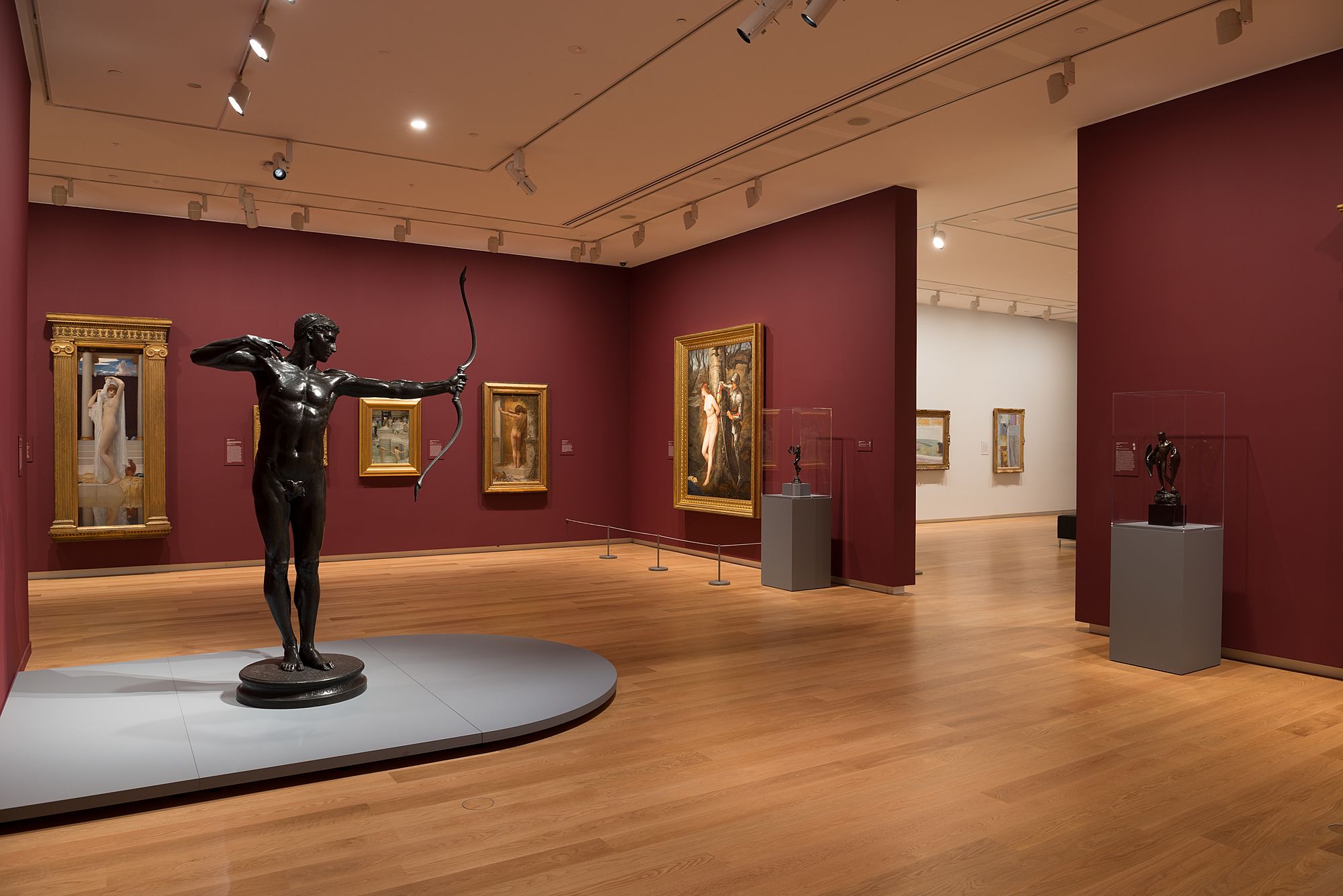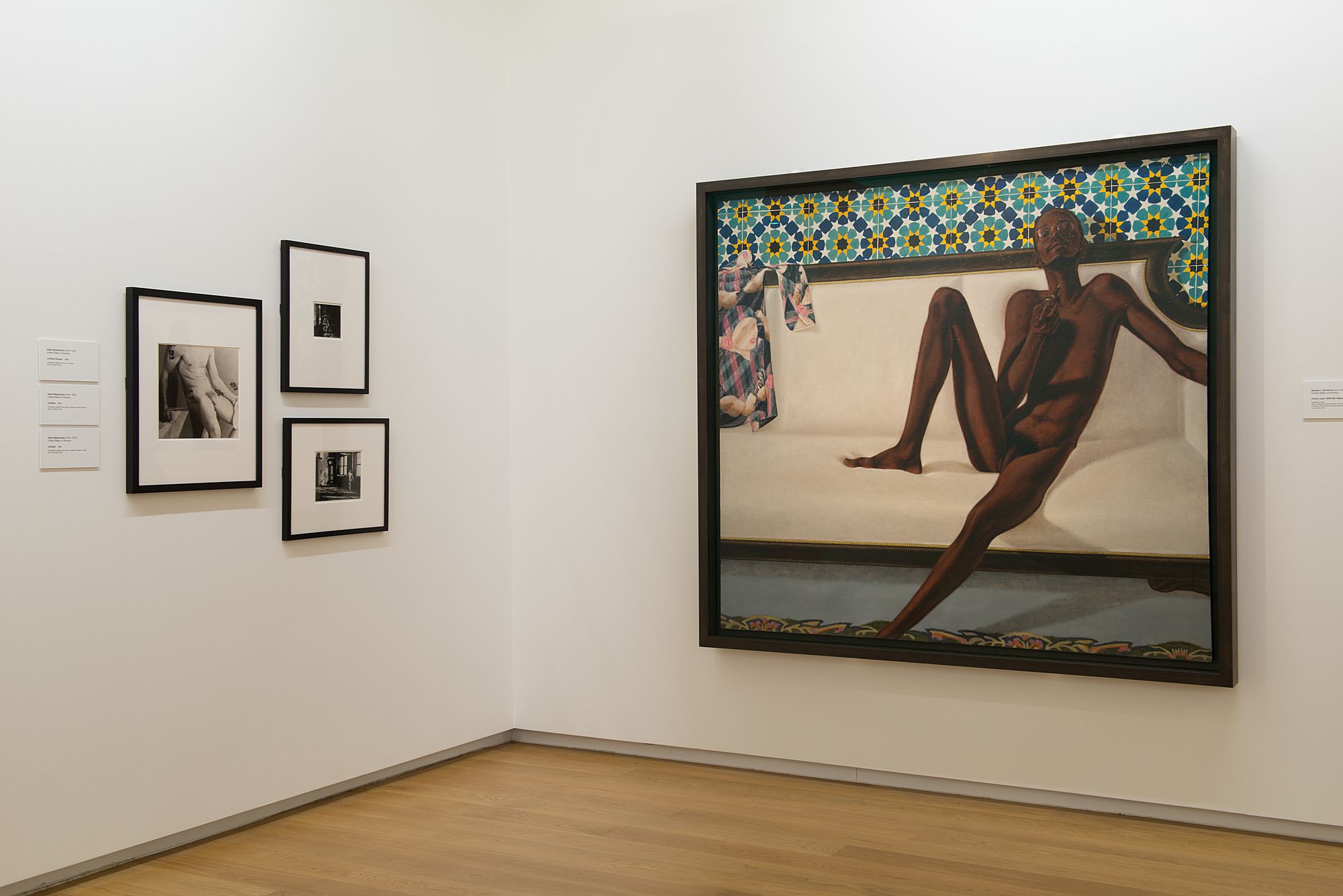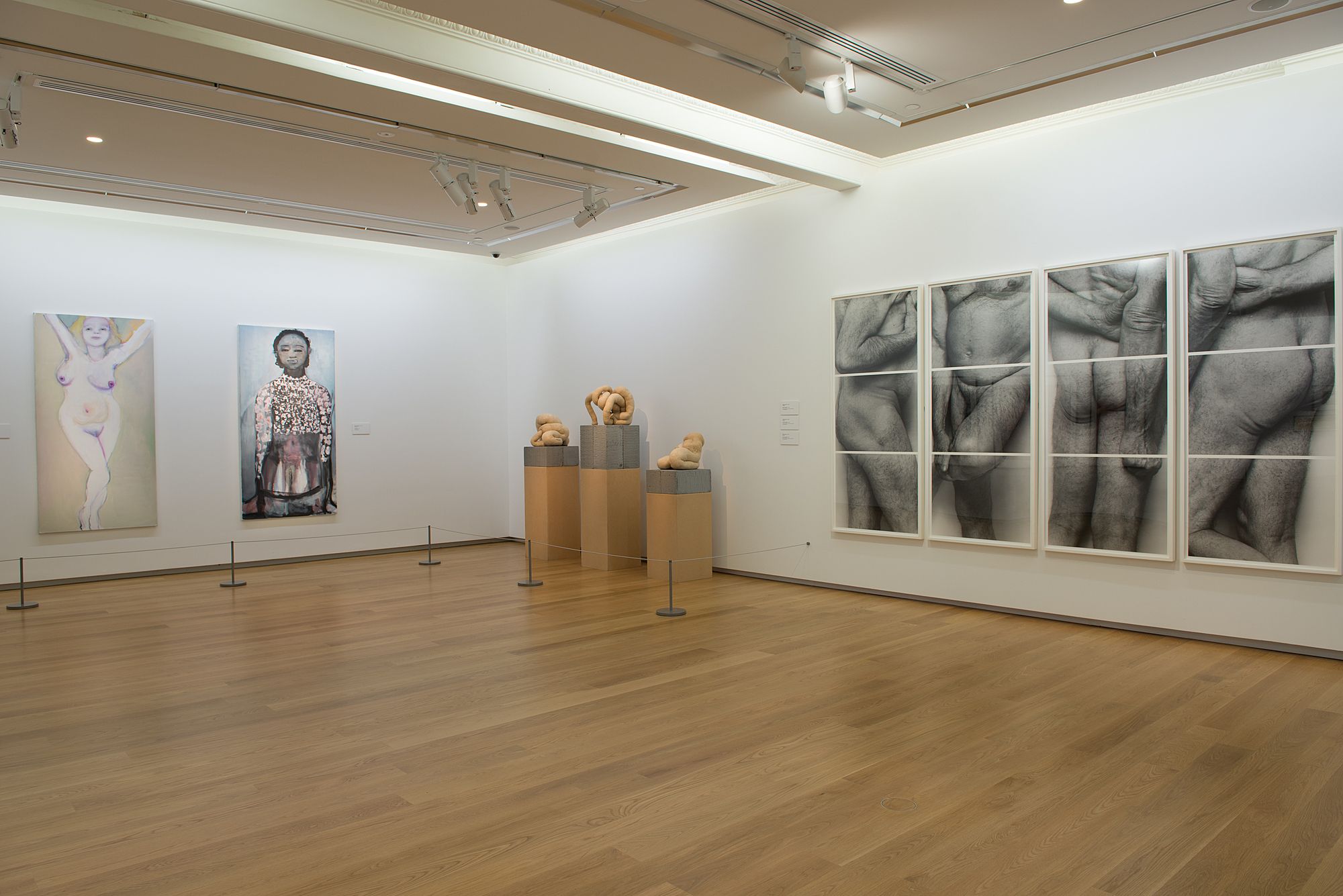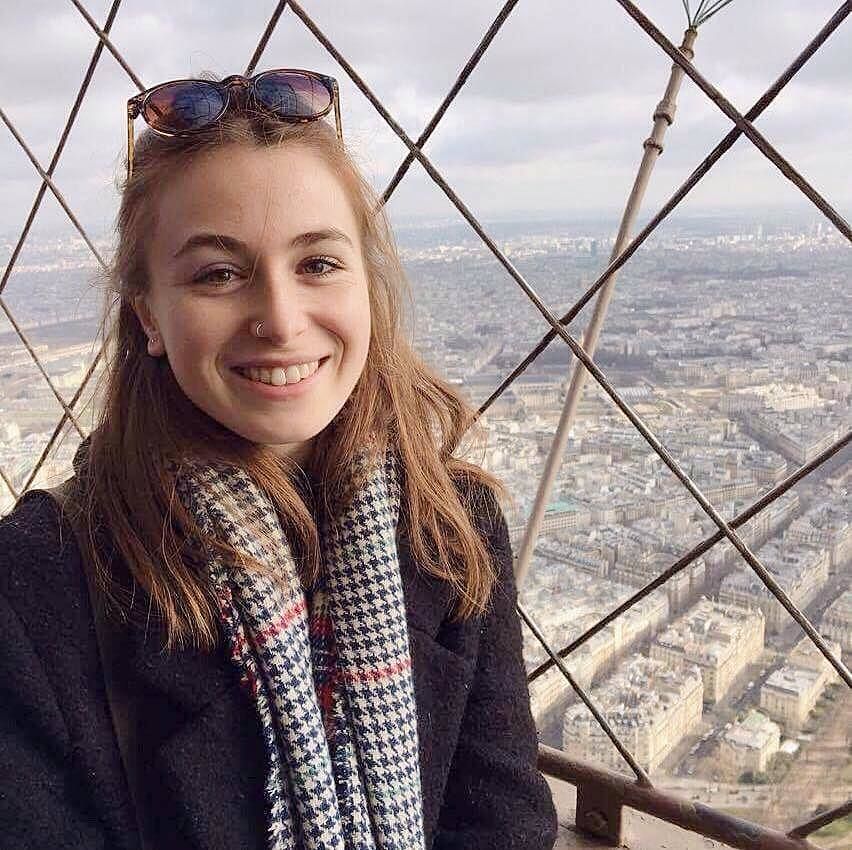Fleshy Pink Tones: A Review of ‘The Body Laid Bare: Masterpieces from the Tate’
Are European bodies the only ones that qualify as having a history?
Are European bodies the only ones that qualify as having a history?
The Body Laid Bare: Masterpieces from the Tate is the seductive title of the latest travelling blockbuster exhibition to reach Auckland Art Gallery Toi o Tāmaki. It consists of one-hundred plus artworks plucked from the depths of the Tate collection by co-curators Emma Chambers and Justin Paton – the result of collaboration between the historic British institution and the Art Gallery of New South Wales in Sydney.
Packaged in fleshy pink tones, while also given a slight feminist edge, the exhibition is embellished with a range of star-studded names from Pablo Picasso to Cindy Sherman and implores the public to “venture into” how the “depicted nude body lays bare the cultures of each epoch.” Enthusiastic imperatives like this are littered amongst the exhibition ephemera, made possible by the show’s combination of concept and chronology.
The exhibition starts in the 17th Century and ends with the present day, yet audiences are saved from a dreary trudge through history thanks to a thematic organisation of rooms such as “Real and Surreal Bodies,” or “Body Politics.” Clever curatorial juxtapositions within the rooms enhance the experience, and the result is an impressive exhibition that gives the viewer leverage to explore key themes.
I lingered in a gallery space labelled “The Erotic Body,” absorbed by the different definitions of intimacy evident from the contrast between Auguste Rodin’s The Kiss and small works by Pablo Picasso, Louise Bourgeois, and David Hockney. Providing local audiences with a chance to see works by artists rarely exhibited in Aotearoa such as these, is well worth the $23 ticket.
According to what hangs on the walls the only bodies the show lays bare are white, able, and heterosexual.
Despite its insistence on exploring the “cultures of each epoch”, according to what hangs on the walls the only bodies the show lays bare are white, able, and heterosexual. With the exception of Philadelphia-born painter, Barkley L. Hendricks’ Family Jules: NNN (No Naked Niggahs) and the homoerotic drawings of British artist, David Hockney, the show fails to look outside of Western cultural norms. One doesn’t even need to look at the art to gather this, the walls themselves are clearly meant to evoke flesh, lathered in a creamy pink. In the context of an exhibition that takes the body as its key premise, what kind of message does this communicate? Are European bodies the only ones that qualify as having a history? It seems extreme to state such a thing, but according to the artistic narrative The Body Laid Bare presents, that is exactly the case.
The lack of representation fails to capitalise on the universal appeal of a concept like the body and the potential for attracting non-traditional art audiences to the gallery. Despite the differentiations that may come with occupying a specific skin, our different genders, and our different ability levels, the body is perhaps the one thing all people can relate to. After all, we all have one.
I found the exhibition an engaging experience, but I am a middle-class, Pākehā woman with a background in art history, a gallery member, and a Mojo coffee fiend – I am the archetypal Auckland Art Gallery Toi o Tāmaki visitor, but what about everyone else? I took the time to read about the regulation of female sexuality in Victorian England in “The Historical Nude” and witness the way the soft and gentle curves of white women contort to the expectations of the male gaze in paintings like The Knight Errant (1870) by pre-Raphaelite painter John Everett Millais. Later, in “Body Politics” I saw the white woman throw the male gaze back in the viewer’s face and use her own nakedness to dismantle power structures. The show laid bare my body and my histories, but at the expense of exploring the diverse cultural understandings and perspectives which Aotearoa in 2017 has to offer. As a result, Auckland Art Gallery Toi o Tāmaki missed an opportunity to engage with an audience broader than their typical demographic and create a more inclusive space.
While they serve their purpose, their inclusion in the gallery’s Outreach programme and absence from the exhibition itself leaves the word “afterthought” hanging in the air.
The gallery later acknowledged the narrowness of the exhibition and introduced a perspective more relevant to New Zealand’s diverse society with a series of videos titled Pacific Bodies. Each asks an artist of Pacific heritage to discuss their views on the body in order to offer a “counter narrative to the themes of the exhibition.” The three videos released thus far are illuminating and intimate accounts from New Zealand based Samoan artists Rosanna Raymond and Ioane Ioane, and most recently a conversation between Ema Tavola and Leilani Kake was released. While they serve their purpose, their inclusion in the gallery’s Outreach programme and absence from the exhibition itself leaves the word “afterthought” hanging in the air. This raises the question as to the role of Outreach initiatives and their level of impact comparative with tangible, large-scale exhibitions like The Body Laid Bare. The videos may be more inclusive of Aotearoa’s diverse society, but the space of the exhibition remains unchanged.
It could be tempting to attribute the Western perspective of The Body Laid Bare to the difficulty of curating the show from the Tate’s collection. The major British institution from which the artworks for the show were selected has “traditionally focused on art from Western Europe and North America,” pointing to broader representational issues within Art History. It is a limitation the Tate has recently attempted to transcend, displaying more works by women and non-western artists in its new £260m extension. Comparative to the figure of 17% from when the Tate Modern opened in 2000, the new space boasts a 36% representation of women artists. The figures in regards to cultural diversity are vaguer, with the institution’s Director Frances Morris stating “there are also new approaches to art, perspectives from São Paolo, from Zagreb, from Tokyo.” While the curators of The Body Laid Bare clearly share in this ability to give the traditional canon a good shake-up – a fact well-demonstrated by the exhibition’s feminist inclusion of more women artists – its representation of diverse cultures could likewise be described as “vague.”
In addition to the limits of Tate collection itself, perhaps one factor contributing to the colossal absence of certain bodies and perspectives from The Body Laid Bare is the type of feminism embraced by Chambers and Paton. Accelerated by the internet, feminism has recently exploded in popularity, giving rise to what has been termed “the fourth-wave” of successive feminist movements. It is now cool to be inclusive, intersectional, and wear the label ‘feminist’ with pride. What is ‘cool’ also sells, however. Take for example the monetary success of the “The Future Is Female” t-shirts, or the Rookie Mag girl aesthetic permeating popular clothing lines such as Glassons. While this commercial variant of feminism definitely has its benefits (the popularisation of a belief in equal rights among other things) it often fails to fully embrace the values of the fourth-wave movement.
Taylor Swift’s strategic embrace of the f-word is one potent example. The pop star has recently come under fire for attempting to capitalise on feminism’s renewed popularity in order to appeal to her audience of young girls. Critics have accused Swift of being a “faux” or “white feminist,” and often cite her failure to educate herself on intersectional issues facing women, or to publicly support feminist legislation and feminist social activism.
Much like a Swift concert where the pop star welcomes her influential female friends to the stage in order to highlight that she is a feminist, The Body Laid Bare rolls out big names: Surrealist-Feminist artist Louise Bourgeois, Turner Prize winner Tracey Emin, and renowned self-portraitist Cindy Sherman. Meanwhile pieces like Rodin’s The Kiss provide the flashy lights and confetti. Beneath the spectacle, however, is a failure to embrace the intersectional tenets of the fourth wave. Passing the pink products available for purchase in the gallery shop on my way out, it was this “commercial feminist” nature of the show, not the body, that lay stark-naked in front of me. Ironically, if Auckland Art Gallery Toi o Tāmaki was pushing for large crowds and wide-ranging approval by way of incorporating a feminist perspective, the enterprise has had little success.
Whether The Body Laid Bare’s lack of representation results from the limitations of the Tate collection itself, or the commercial variant of feminism that seems to underpin the exhibition, the fact remains that many New Zealanders cannot see themselves when they visit the show.
The Body Laid Bare comes off the back of the gallery’s The Maori Portraits: Gottfried Lindauer’s New Zealand which smashed a record-breaking 99,000 visitors. The latter was praised for creating a space in which all New Zealanders – Māori, Pākehā, or otherwise — felt welcomed because they could see their own history and selves reflected back at them. Whether The Body Laid Bare’s lack of representation results from the limitations of the Tate collection itself, or the commercial variant of feminism that seems to underpin the exhibition, the fact remains that many New Zealanders cannot see themselves when they visit the show.
Although I enjoyed my experience, I did not leave the exhibition with the sense of clarity one would expect from a “laying bare” of things, but rather jaded and questioning. You could point to a whole host of issues (only some of which I have raised here) that contribute to the dominant Western perspective of The Body Laid Bare, and yet, I still can’t quite comprehend it.
The Body Laid Bare: Masterpieces from the Tate
Auckland Art Gallery Toi o Tāmaki
18 March 2017 – 16 July 2017
All images courtesy of the gallery.




